“Neither good nor evil shall be my masters.”
C.G. Jung, “The Red Book”

Chapter VII of Liber Secundus, the second part of The Red Book, is called “The Remains of Earlier Temples.” It is preceded by a curious blue mosaic with two red egg-shaped images, which on closer inspection reveal two tiny figures encased therein. Sonu Shamdasani’s invaluable footnotes to Jung’s text reveal that this image was probably inspired by the mosaics Jung saw in Ravenna. In Memories, Dreams, Reflections Jung wrote at length about his fascination with the mosaics and the the tomb of Rome’s Christian Empress Galla Placidia in Ravenna, which left him “deeply stirred.” When the city of Rome was ransacked in 410, emperor’s sister Galia Placidia was captured and later married to king of the Visigoths. In 416 she was restored to the Romans and remarried. One mosaic in particular captured Jung’s attention:
“The fourth mosaic, on the west side of the baptistery, was the most impressive of all. We [Jung and Toni Wolff] looked at this one last. It represented Christ holding out his hand to Peter, who was sinking beneath the waves. We stopped in front of this mosaic for at least twenty minutes …
I retained the most distinct memory of the mosaic of Peter sinking, and to this day can see every detail before my eyes: the blue of the sea, individual chips of the mosaic, the inscribed scrolls proceeding from the mouths of Peter and Christ, which I attempted to decipher. After we left the baptistery, I went promptly to Alinari to buy photographs of the mosaics, but could not find any. Time was pressing this was only a short visit and so I postponed the purchase until later. I thought I might order the pictures from Zurich.
When I was back home, I asked an acquaintance who was going to Ravenna to obtain the pictures for me. He could not locate them, for he discovered that the mosaics I had described did not exist.…
The memory of those pictures is still vivid to me. The lady who had been there with me long refused to believe that what she had ‘seen with her own eyes’ had not existed.
…
This experience in Ravenna is among the most curious events in my life. It can scarcely be explained. A certain light may possibly be cast on it by an incident in the story of Empress Galla Placidia (d. 450). During a stormy crossing from Byzantium to Ravenna in the worst of winter, she made a vow that if she came through safely, she would build a church and have the perils of the sea represented in it. She kept this vow by building the basilica of San Giovanni in Ravenna and having it adorned with mosaics. In the early Middle Ages, San Giovanni, together with its mosaics, was destroyed by fire; but in the Ambrosiana in Milan is still to be found a sketch representing Galla Placidia in a boat.
The Mausoluem of Galla Placidia
I had, from the first visit, been personally affected by the figure of Galla Placidia, and had often wondered how it must have been for this highly cultivated, fastidious woman to live at the side of a barbarian prince. Her tomb seemed to me a final legacy through which I might reach her personality. Her fate and her whole being were vivid presences to me; with her intense nature, she was a suitable embodiment for my anima.”

Galla Placidia
As Jung frequently reiterated, the inner life of the psyche was always equally real or even more real to him than all the external circumstances and events. Sanford L. Drob brilliantly points out that a lot of images in The Red Book are reminiscent of mosaics, “suggesting the process whereby fragmented psychical states are integrated and articulated into a united Self.” (1)
Chapter VII brings back two old characters and introduces a new figure. Jung meets two men, who turn out to be quite unlikely travelling companions. They are Ammonius, the anchorite from the desert that we met in Chapter V, and the Red One or the devil from Chapter I of Liber Secundus:
“Both look at me frightened and make the sign of the cross. Their horror prompts me to look down at myself. I am fully covered in green leaves, which spring from my body.”
Jung’s transformation into a pagan creature covered in green leaves means that he has moved beyond the rigid, conventional hierarchies of faith. The anchorite and the devil seem here like grotesque caricatures of themselves. They have nothing to offer Jung any more with their “outlived ideas.” The Red One relates his stay in a monastery, where he stayed after he had converted to Christianity, but which only led him to develop an aversion towards the Christian faith. Perhaps what Jung seems to be saying is that “good” and “evil” are just fluid ideas, which can easily turn into one another. As such, they are inextricably linked. The devil seems to need the church and vice versa:
Ammonius: “What can be done? Even the devil is necessary; since otherwise one has nothing that commands a sense of respect with people.”
Red One: “Well, I need to come to an arrangement with the clergy; or else I will lose my clientele.”
In the second part of the chapter Jung returns with his thoughts to the encounter with Death (chapter VI of Liber Secundus). After that solemn experience Jung felt a thirst for life rushing through him: “…the reek of the human animal streamed over me.” This feeling spurred on his transformation into a green man:
“But I was no longer the man I had been, for a strange being grew through me. This was a laughing being of the forest, a leaf green daimon, a forest goblin and prankster, who lived alone in the forest and was itself a greening tree being, who loved nothing but greening and growing, who was neither disposed nor indisposed toward men, full of mood and chance, obeying an invisible law and greening and wilting with the trees, neither beautiful nor ugly, neither good nor bad, merely living, primordially old and yet completely young, naked and yet naturally clothed, not man but nature, frightened, laughable, powerful, childish, weak, deceiving and deceived, utterly inconstant and superficial, and yet reaching deep down, down to the kernel of the world.”
Jung adds that his transformation occurred thanks to his rejection of “ideals.” Heroes fall and so do ideas. To live is more important than to be a slave to ideals. Anyone who believes he or she can live according to “ideals” is deluded or a downright lunatic:
“The ideal is also a tool that one can put aside anytime, a torch on dark paths. But
whoever runs around with a torch by day is a fool. How much my ideals have come down, and how freshly my tree greens!”
As the green man Jung is now also “beyond good and evil,” to quote Nietzsche, whose philosophy seems to permeate this chapter. Like “a merrily greening tree in a remote spring forest” he is away both from the world and the spirit. This fleeting moment of inner unity makes him think of the Buddha, who “finally gave up on rebirth, for he had had enough of crawling through all human and animal forms.” Jung also adds that he would rather be like a lion and “exist from my own force, like the sun which gives light and does not suck light.” Jung decides to go the East, where he will meet Izdubar (Gilgamesh), whose image is featured at the end of the chapter.

In his Dictionary of Symbols, Juan Cirlot summarizes the principal terms of solar symbolism as follows:
- a heroic image
- the divine eye
- the active principle
- the source of life and energy
He also adds a fifth symbolic dimension – the night sea journey, which is the sun’s hidden, invisible passage. The sun is in fact ambivalent: it is “resplendent” but it can also be black, “in which case it is associated with chthonian and funereal animals such as the horse and the serpent.” The image of solar hero Gilgamesh features green snake-like symbols in the background. Liz Greene insisted in her interpretation of The Red Book that these are astrological glyphs of the sign Leo, which was Jung’s sun sign. (2) Irrespective of whether Jung included the glyphs there accidentally or on purpose, it is absolutely ingenious that they would simultaneously evoke the Sun, the snake and the mosaic featured at the beginning of the chapter. In the wild man Enkidu the solar hero Gilgamesh met his dark alter ego while the Romans experienced the same confrontation when the Visigoths invaded the Eternal City.

C.G. Jung
Notes:
(1) Sanford L. Drob, Reading The Red Book: An Interpretative Guide to C.G. Jung’s Liber Novus, Spring Journal Books 2012, p. 96
(2) Liz Greene, The Astrological World of Jung’s Liber Novus: Daimons, Gods and the Planetary Journey

Support my blog
If you appreciate my writing, consider donating and make my day. Thank you in advance.
$1.00
Reading The Red Book – part 10
Reading The Red Book – part 11
Reading The Red Book – part 12
Reading The Red Book – part 13
Reading The Red Book – part 14
Reading The Red Book – part 15
Reading The Red Book – part 16
Reading The Red Book – part 17
Reading The Red Book – part 18
Reading The Red Book – part 19
Reading The Red Book – part 21
Reading The Red Book – part 22
Reading The Red Book – part 23
Reading The Red Book – part 24
Reading The Red Book – part 25
Reading The Red Book – part 26
Reading The Red Book – part 27
Reading The Red Book – part 28
Reading The Red Book – part 29
Reading The Red Book – part 30
Reading The Red Book – part 31
Reading The Red Book – part 32
Reading The Red Book – part 33
Reading The Red Book – part 34
Reading The Red Book – part 35
Reading The Red Book – part 36
Reading The Red Book – part 37
Reading The Red Book – part 38
Reading The Red Book – part 39

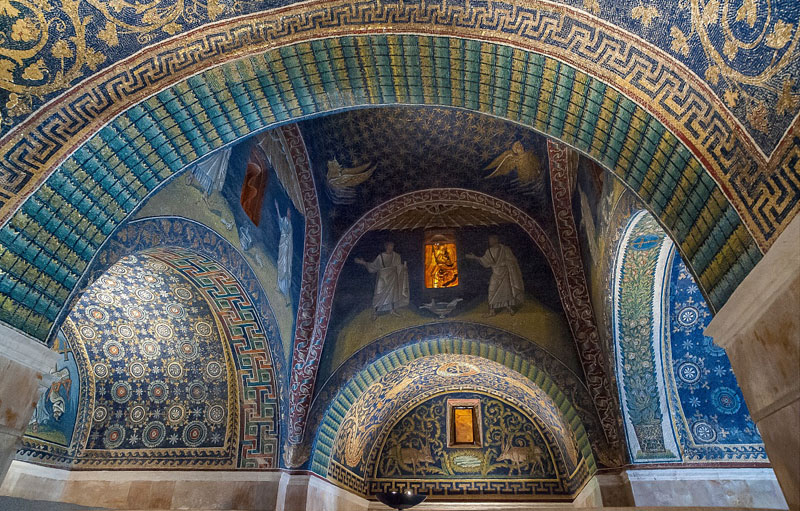
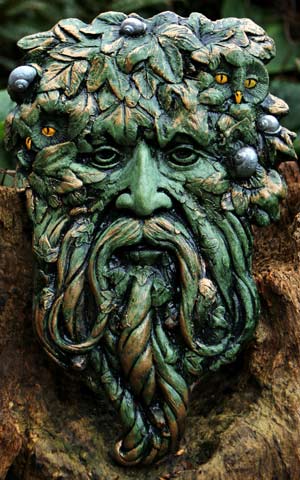
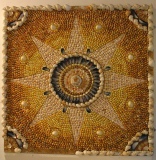




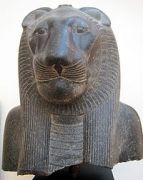




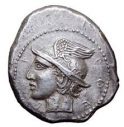
You once were quoted as saying ” I love words I could eat them. ” I could do the same with mosaics.
LikeLiked by 1 person
I do say crazy things sometimes. I remember actually that you like mosaics and pointillism. Isn’t this every Gemini’s hope that all the fragments will make a whole 😉
LikeLiked by 1 person
maybe, it could be. I just like the complexity and beauty of mosaics
LikeLiked by 1 person
A remarkable tale of the non-existent Ravenna mosaic. This was a great summary of Jung’s Green Man “re-birth”. The Green lady shall likely become increasingly important in the times following this current “Plague”, which hopefully will be a cleansing of the current horrific wave of Patriarchal greedy ignorance which shall burn itself out, not without huge casualties, as ever.
LikeLiked by 2 people
Thank you very much for a thoughtful comment. It made me think of Hildegard von Bingen, who has been on my mind recently. I hope to write about her in future. She wrote about the healing green force – very beautifully (https://blackmountaincircle.org/inspirations/hildegard-viriditas/).
LikeLike
Another well-researched and written post, Monika. “As the green man Jung is now also “beyond good and evil,” to quote Nietzsche, whose philosophy seems to permeate this chapter.” It’s been a long time since I read “Beyond Good and Evil,” but it made an impression. Also, your quote made me think of Hamlet: “for there is nothing either good or bad, but thinking makes it so.” Anyway, hope you are well, and thanks for the post. Cheers!
LikeLiked by 1 person
Oh yeah, I remember that Hamlet quote. I must admit I never read Nietzsche, though, but Jung talks a lot about him, which let me develop a certain modest understanding. Maybe one day I’ll find my way to him.
Thank you for a nice and very welcome comment. Stay happy and healthy.
LikeLiked by 1 person
I confess I’m surprised that you have not read Nietzsche. Although controversial, for obvious reasons, he was a major influence on modern thought. I read a lot of his stuff when I was in my late teens and early 20s. The last time I read him was in college and had to read Genealogy of Morals. I guess if you were to choose one book, it should probably be Thus Spoke Zarathustra. Anyway, need to get back to work. Stay safe!
LikeLiked by 1 person